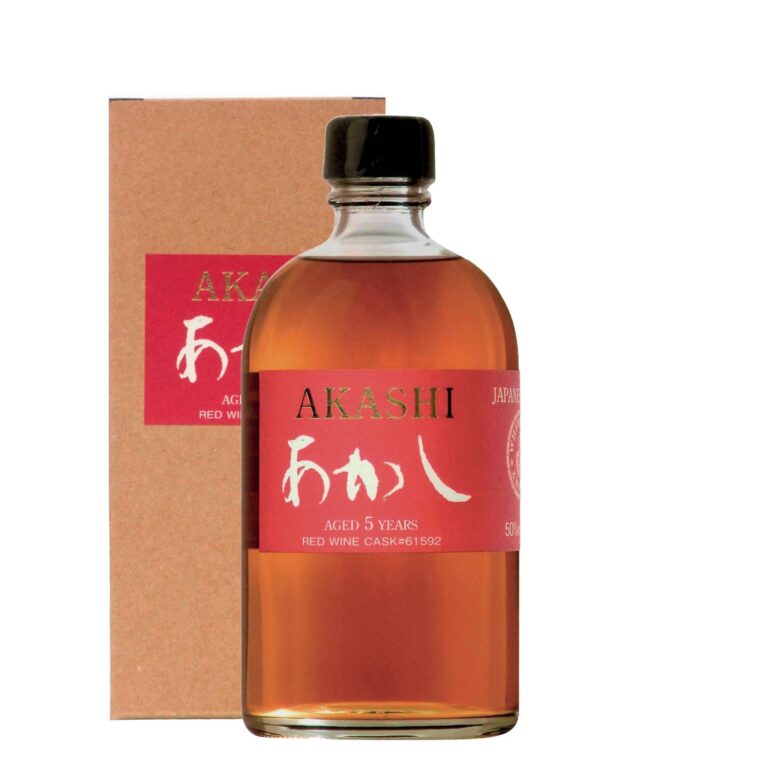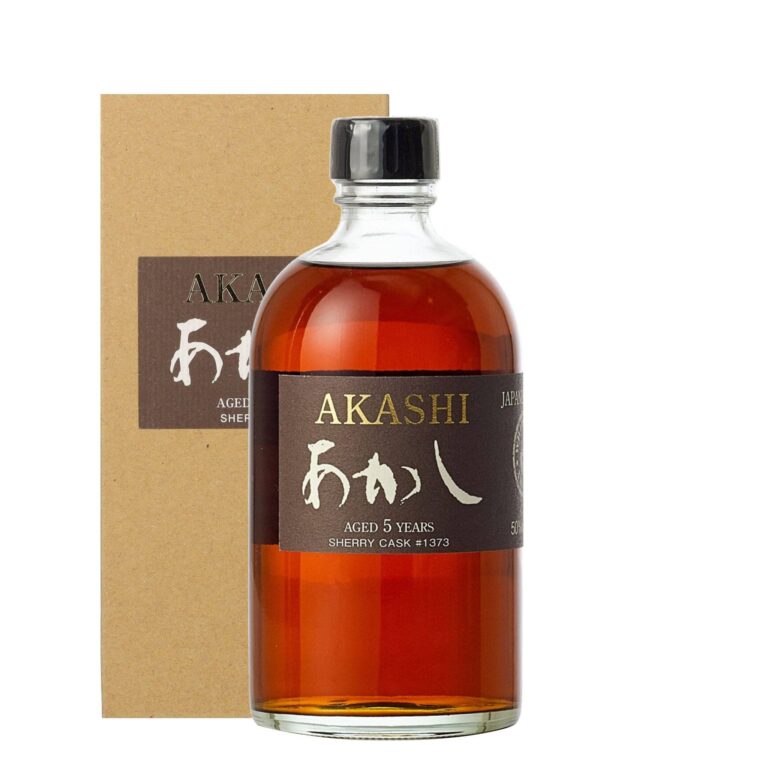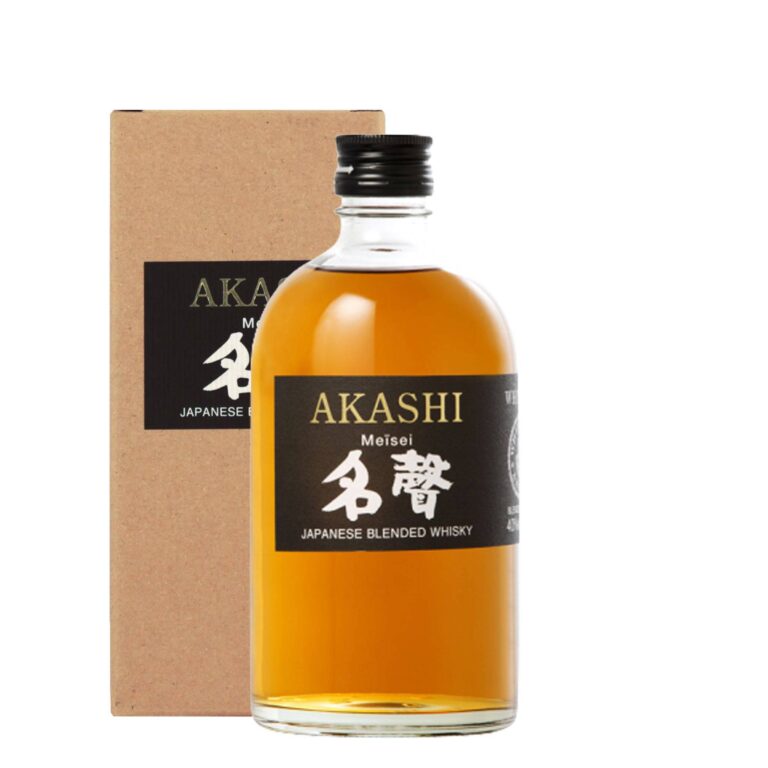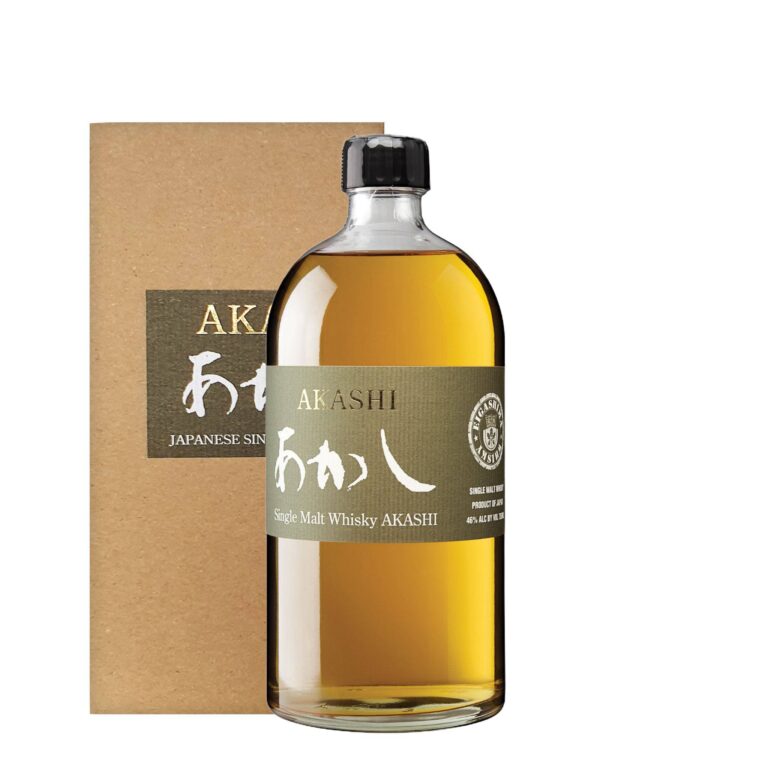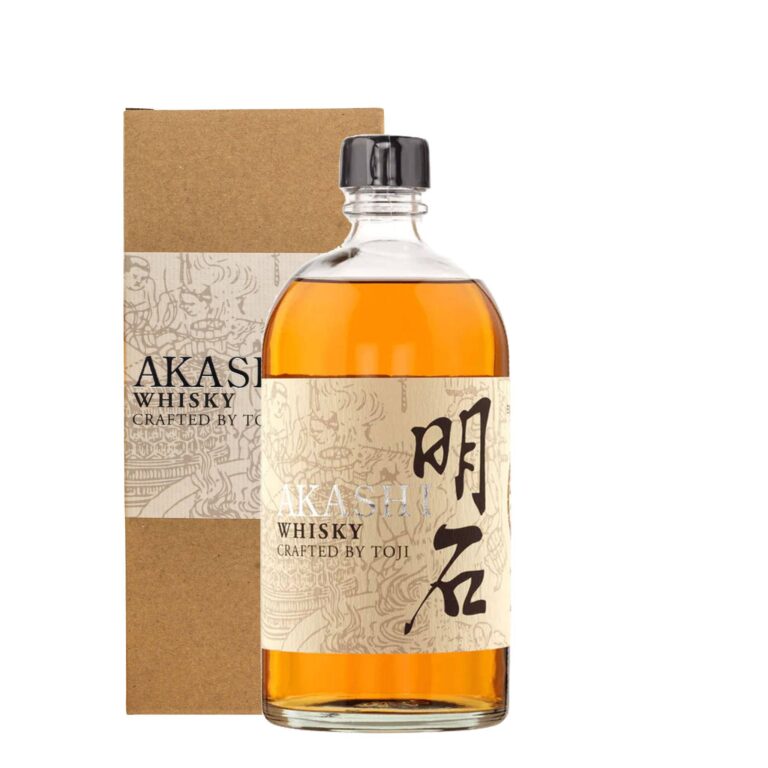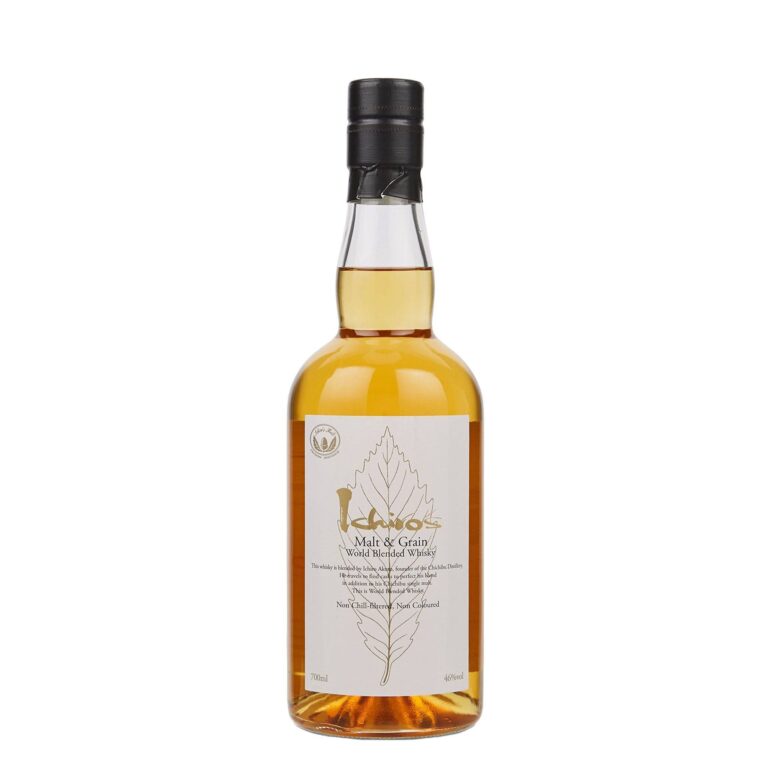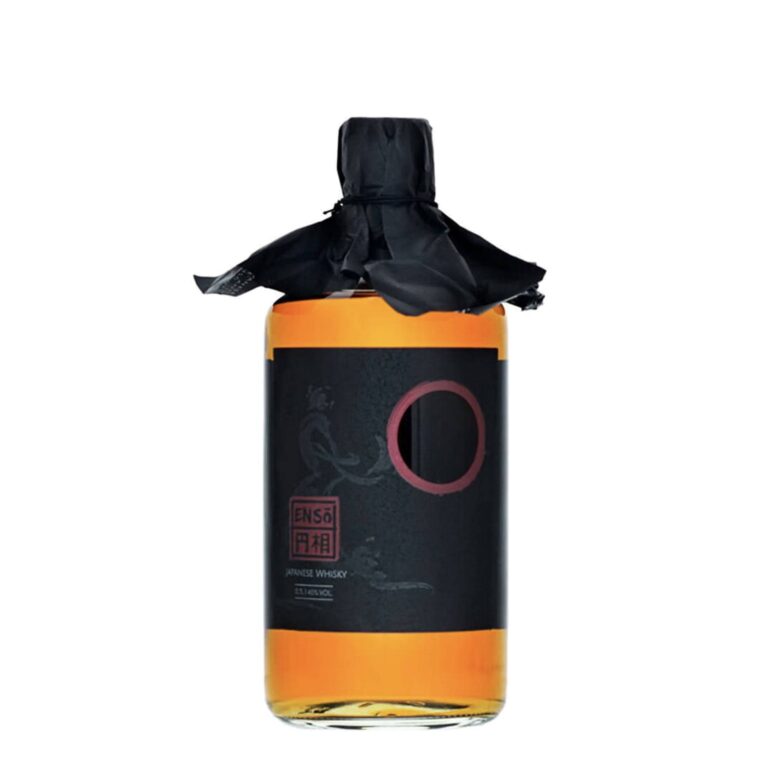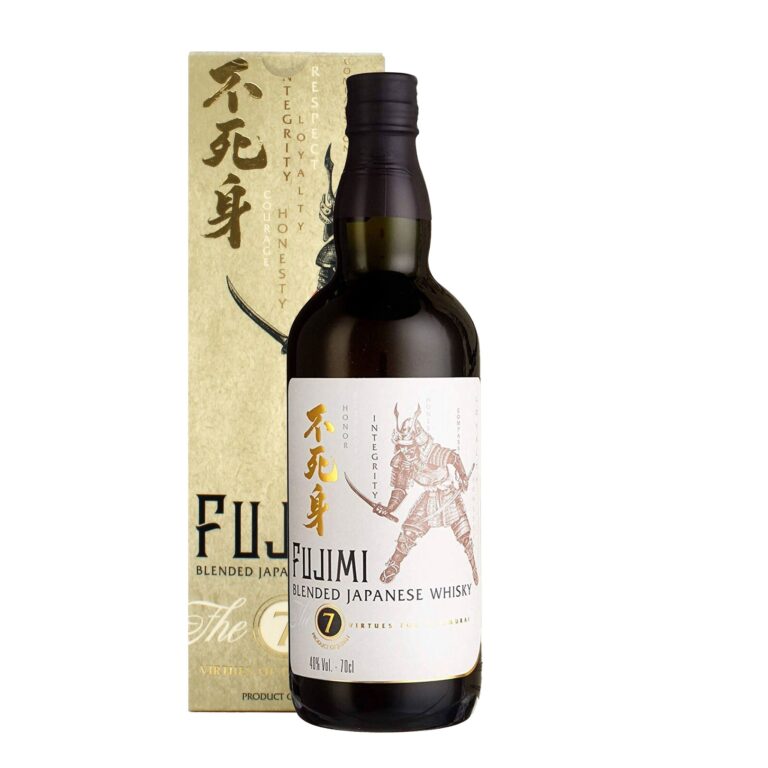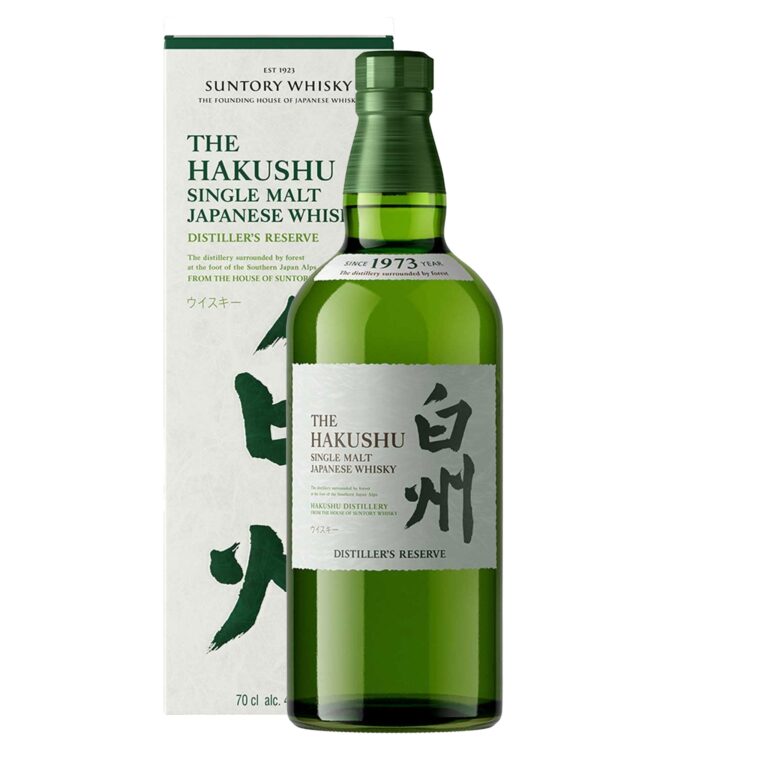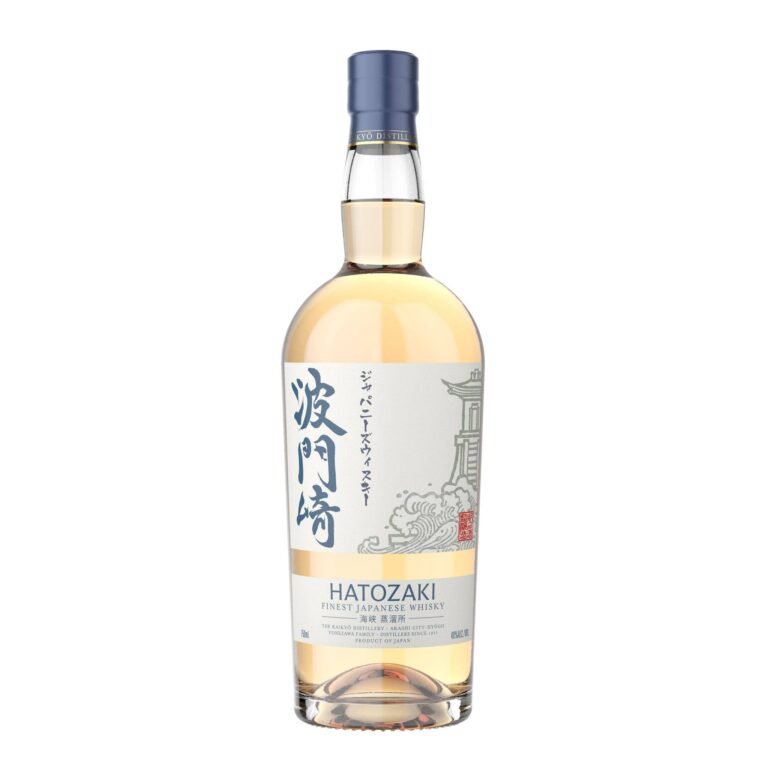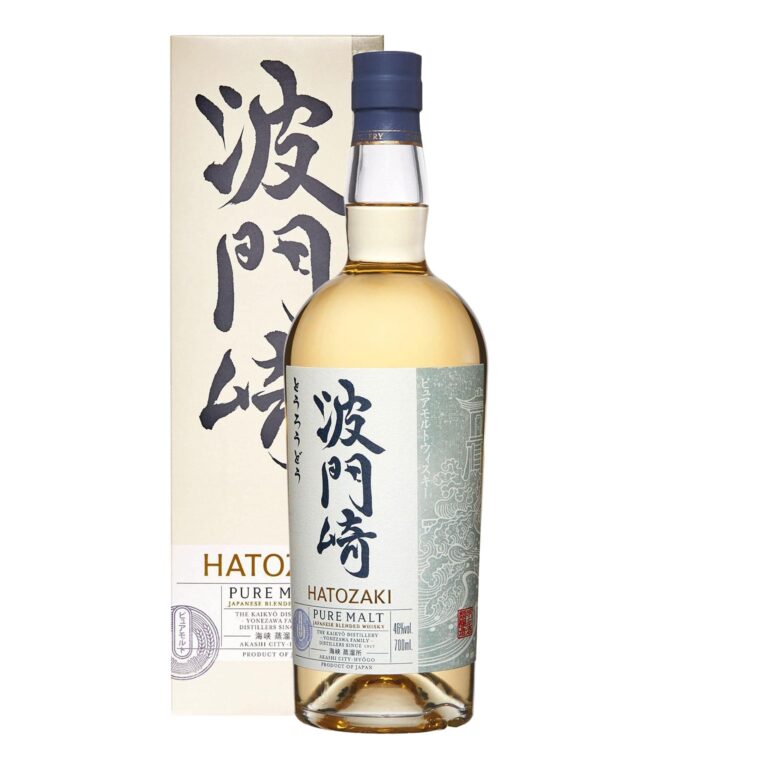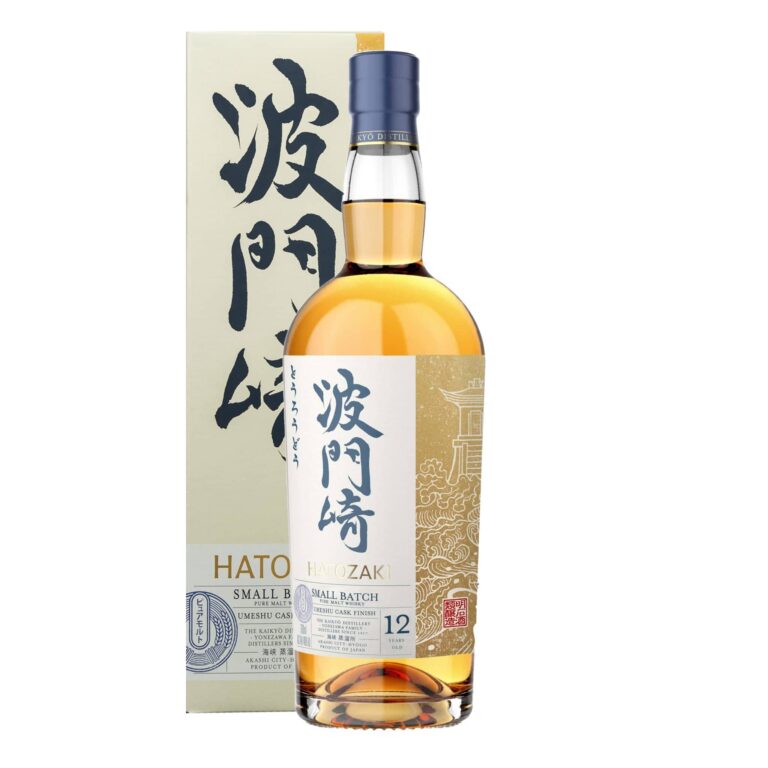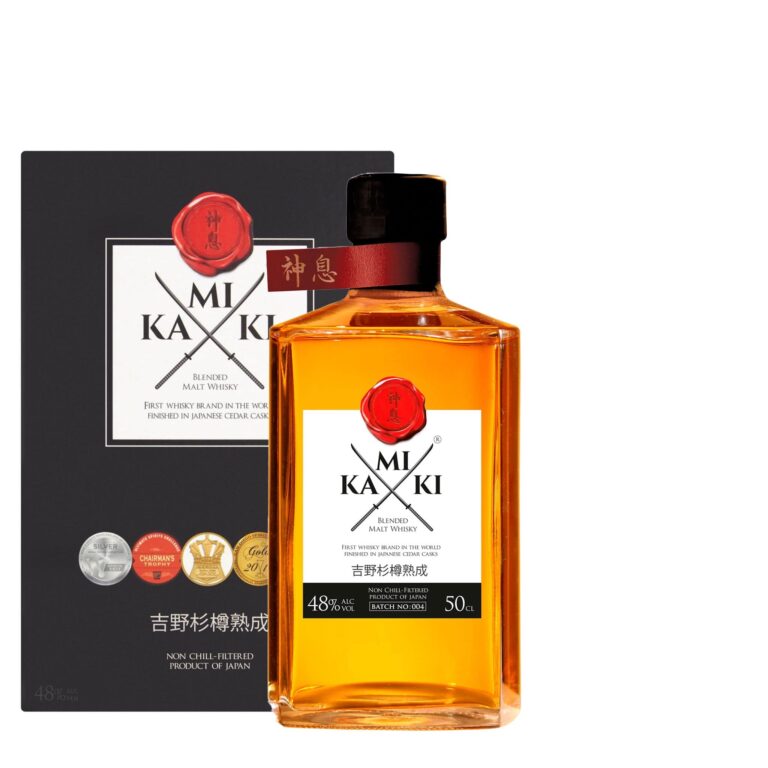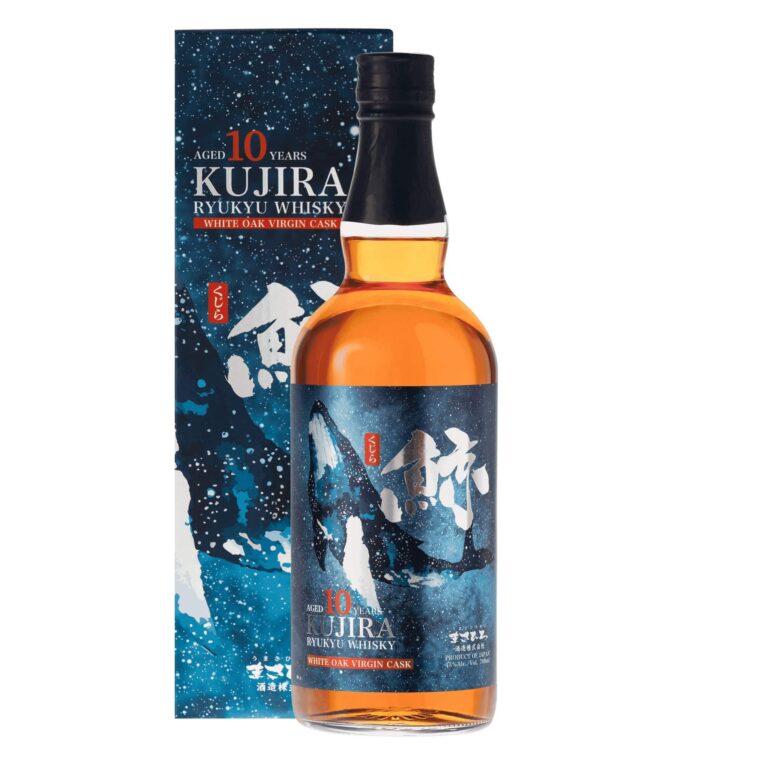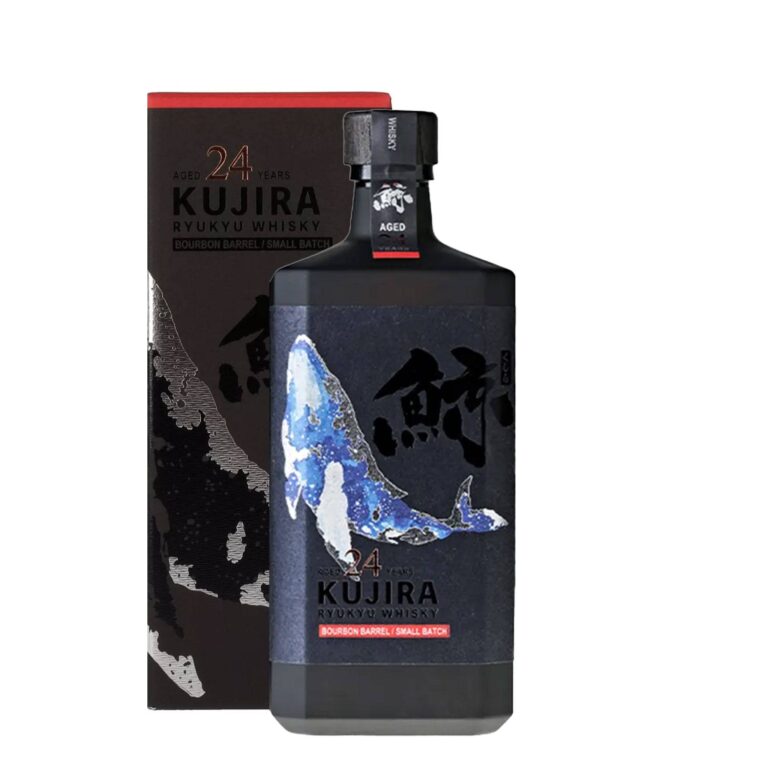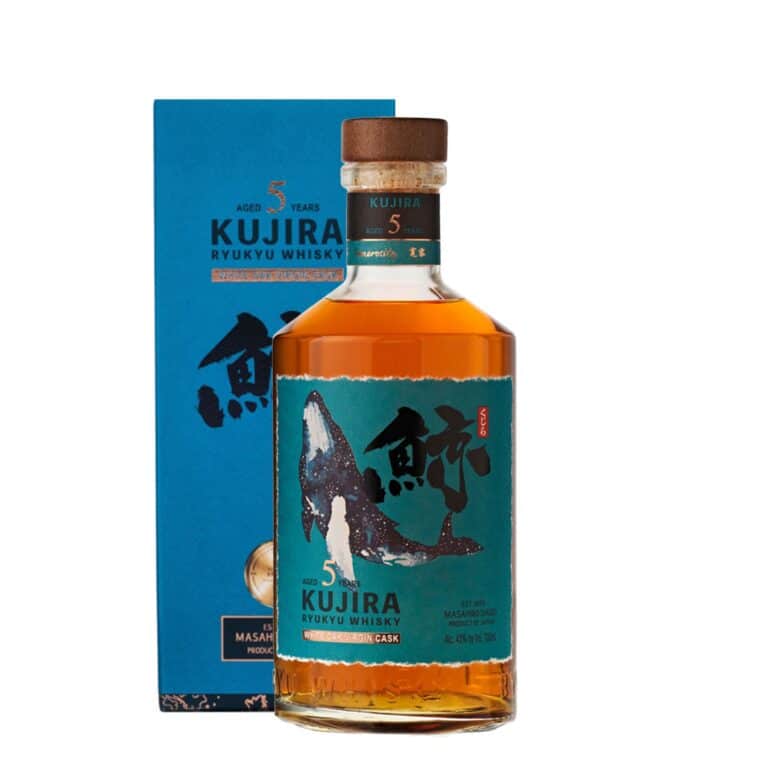Japanese Whisky
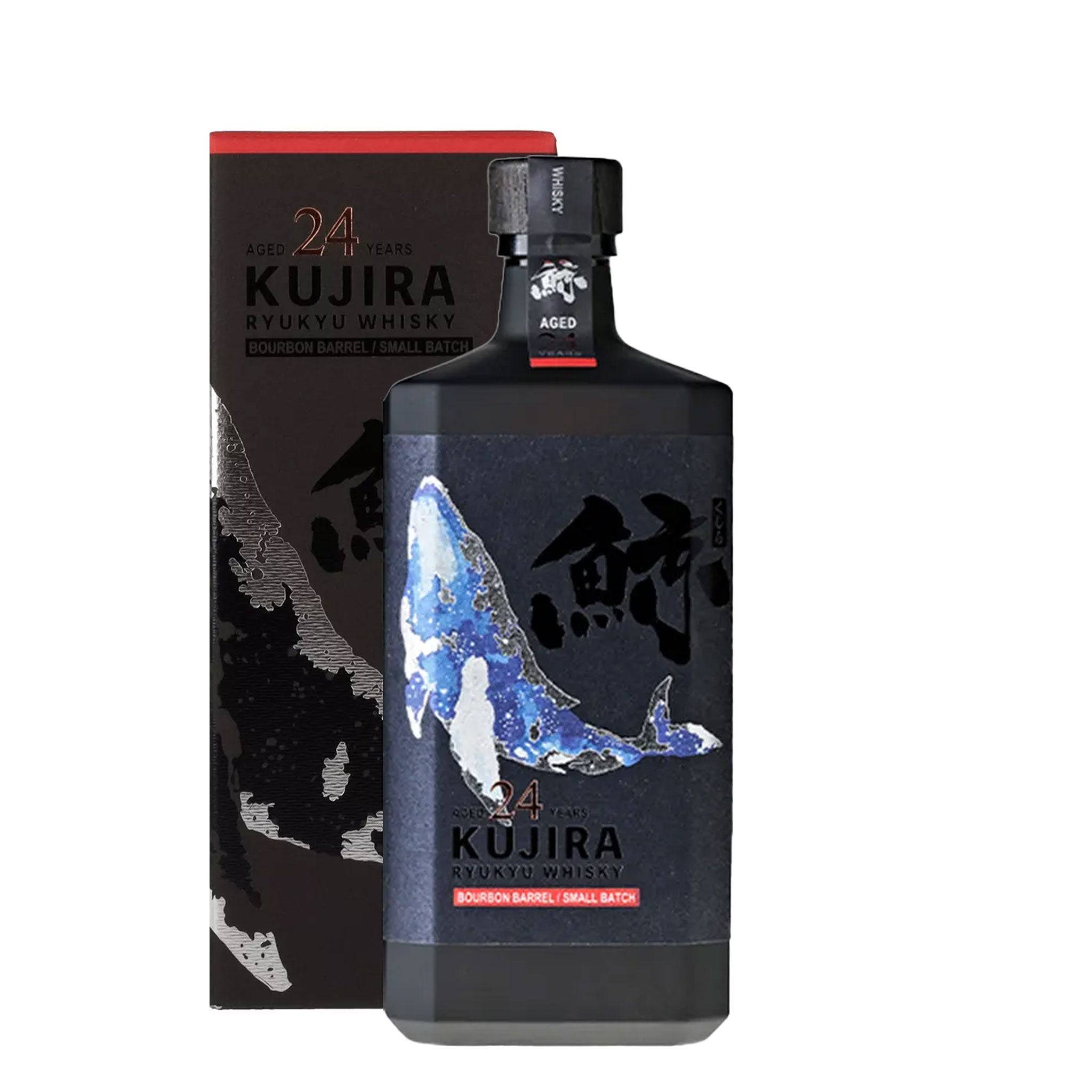
A Brief History: From Scotland to the Rising Sun
The story of Japanese whisky starts in the very early 20th century with 2 visionaries– Masataka Taketsuru and Shinjiro Torii. Taketsuru studied whisky-making in Scotland before returning home to Japan, where he aided Torii in developing Yamazaki Distillery in 1923– Japan’s very first commercial whisky distillery.
From those modest beginnings, brand names like Suntory and Nikka grew into global icons. Their whiskies began winning international honors in the early 2000s, becoming unusual around the globe and boosting Japan’s credibility in the spirits sector.
Today, Japanese whisky stands shoulder to shoulder with Scotland’s finest, providing a variety of expressions of the exact same classic craft.
Why Japanese Whisky Has Become So Popular
Japanese whisky’s appeal in the UK (and internationally) can be traced to a couple of easy reasons:
1. Exceptional Craftsmanship
Japanese whisky-making is all about precision. Every element– from water purity to barrel option– is handled with severe care. The outcome is a premium item that really feels advanced without being daunting.
2. A Softer, More Balanced Taste
Lots of beginners find Japanese whisky smoother than Scotch or American bourbon. It’s typically much less peaty, with flower and honeyed notes that make it approachable also for non-whisky drinkers.
3. Restricted Production & Exclusivity
Japanese distilleries commonly create smaller batches, which adds to their worth. Limited-edition releases can sell out rapidly and also increase in value– a major draw for collectors.
4. Beautiful Presentation
Japanese whisky bottles are as stylish as the spirit inside them. From minimal labels to handcrafted boxes, the discussion reflects the Japanese value of omotenashi– hospitality and respect for the customer.
Popular Japanese Whisky Brands to Know
Prior to getting Japanese whisky, it helps to get acquainted with the significant names you’ll run into– from iconic standards to emerging distilleries.
1. Suntory
One of the most popular names in Japanese whisky. Suntory’s variety consists of:
Yamazaki– Japan’s initial whisky distillery, recognized for rich, fruity single malts with hints of sherry and spice.
Hakushu: A lighter, greener style from the Japanese Alps, excellent for those who take pleasure in fresh, natural notes.
Hibiki– A skillful blend integrating malt and grain whiskies for a perfectly balanced, honeyed flavor.
2. Nikka
Founded by Masataka Taketsuru, Nikka is known for bold, expressive whiskies:
Yoichi– A peated single malt from Hokkaido with smoky character.
Miyagikyo– Elegant and fruity, perfect for newbies.
Nikka From The Barrel– A cult much-loved mix providing depth, warmth, and remarkable value.
3. Chichibu
A newer, craft-focused distillery creating small-batch whiskies that have actually become extremely collectible. Chichibu whiskies are vivid, complex, and often limited in release.
4. Mars Shinshu
Located in Japan’s towering region, Mars produces whiskies affected by significant temperature modifications– leading to rich, nuanced flavors.
5. Various Other Emerging Names
Look out for Kanosuke, Kujira, and Eigashima– smaller-sized producers that are increasing what Japanese whisky can be.
How to Serve Japanese Whisky
Tradition in Japan commonly favors refined satisfaction over strength. Right here are a few popular offering styles:
Neat: Best for aged or premium containers– savor it slowly.
On the Rocks: Enhances appearance and opens aroma.
Highball (Whisky + Soda): The go-to offer in Japan. Light, crisp, and refreshing.
With Water (Mizuwari): Whisky is gently weakened with cold water, creating a smooth, mellow beverage.
Suppose you’re new to whisky, begin with a Highball– 1 part whisky to 3 parts soda water over ice. It’s friendly, thirst-quenching, and lets the flavors shine through without frustrating your palate.
Japanese Whisky vs. Scotch and Bourbon: What’s the Difference?
If you’re a whisky follower, you may have questioned exactly how Japanese whisky stacks up against more familiar names like Scotch or bourbon. The short answer? It rests someplace between the two– integrating the craftsmanship of Scotland with the smooth drinkability that bourbon fans value.
Just How Japanese Whisky Has Become a Collector’s Dream
Past taste, Japanese whisky has established a cult following among collectors and capitalists. Some minimal containers, like the Yamazaki 18 Year Old or very early Chichibu releases, have skyrocketed in worth over the past years.
However, unlike some collectible spirits, Japanese whisky isn’t just for display– it’s for pleasure. Even the more budget-friendly bottles provide craftsmanship that feels premium.
For laid-back enthusiasts, this implies 2 things:
Excellent quality is nearly guaranteed– even at entry level.
Prices may keep climbing, so getting them currently may save you money later on.
FAQs: Buying Japanese Whisky in the UK
Let’s clean up a couple of usual concerns for newbies and customers seeking to make positive choices.
1. Is Japanese whisky made similarly to Scotch?
Mostly, yes. Both usage malted barley and copper stills, and both have to be aged in oak barrels.
Nevertheless, Japanese whisky tends to make use of various water sources, more varied cask kinds (like Japanese Mizunara oak), and a mixing viewpoint focused on balance rather than regional character.
2. Why is Japanese whisky so pricey?
A couple of reasons: minimal production capacity, international need, and the lengthy aging process. Several distilleries can not produce sufficient to meet interest, particularly for aged releases.
That said, entry-level bottles like Nikka From The Barrel or Hibiki Harmony deal exceptional value for under ₤ 60.
3. What’s the very best Japanese whisky for beginners?
You can’t fail with:
Hibiki Japanese Harmony– smooth, flower, and wonderfully balanced.
Nikka From The Barrel– rich, cozy, and excellent neat or with ice.
Hakushu Distiller’s Reserve– light, green, and revitalizing.
All are approachable, reliable, and extensively offered in the UK.
4. Can you mix Japanese whisky in cocktails?
Absolutely– in fact, the Japanese Highball is one of the most prominent methods to enjoy whisky in Japan.
Mix one component of whisky with three components of soda water over ice. It’s crisp, light, and revitalizing, especially with a spin of lemon peel.
5. Where can I buy authentic Japanese whisky online in the UK?
Stick to trusted names such as:
The Whisky Exchange
Master of Malt
The Whisky Shop
Amazon UK (confirmed sellers).
Avoid arbitrary third-party marketplaces, and always look for UK import labels to verify authenticity.
Final Thoughts: Finding the Perfect Bottle.
Getting Japanese whisky is more than an acquisition– it’s the start of a journey. Whether you’re picking your first bottle or contributing to an expanding collection, there’s something exceptionally pleasing about finding the virtuosity behind every dram.
Start a little. Try a container like Hibiki Harmony or Nikka From The Barrel. Appreciate it neat, or make a refreshing Highball after supper. You’ll soon recognize why Japanese whisky has actually made such a committed following worldwide.
And if you fall in love with it (many do), you can explore even more– from Yamazaki’s rich single malts to Chichibu’s rare craft releases.
The most effective component? There’s no upside-down to enjoy it. Every glass narrates– and your own is just starting.

